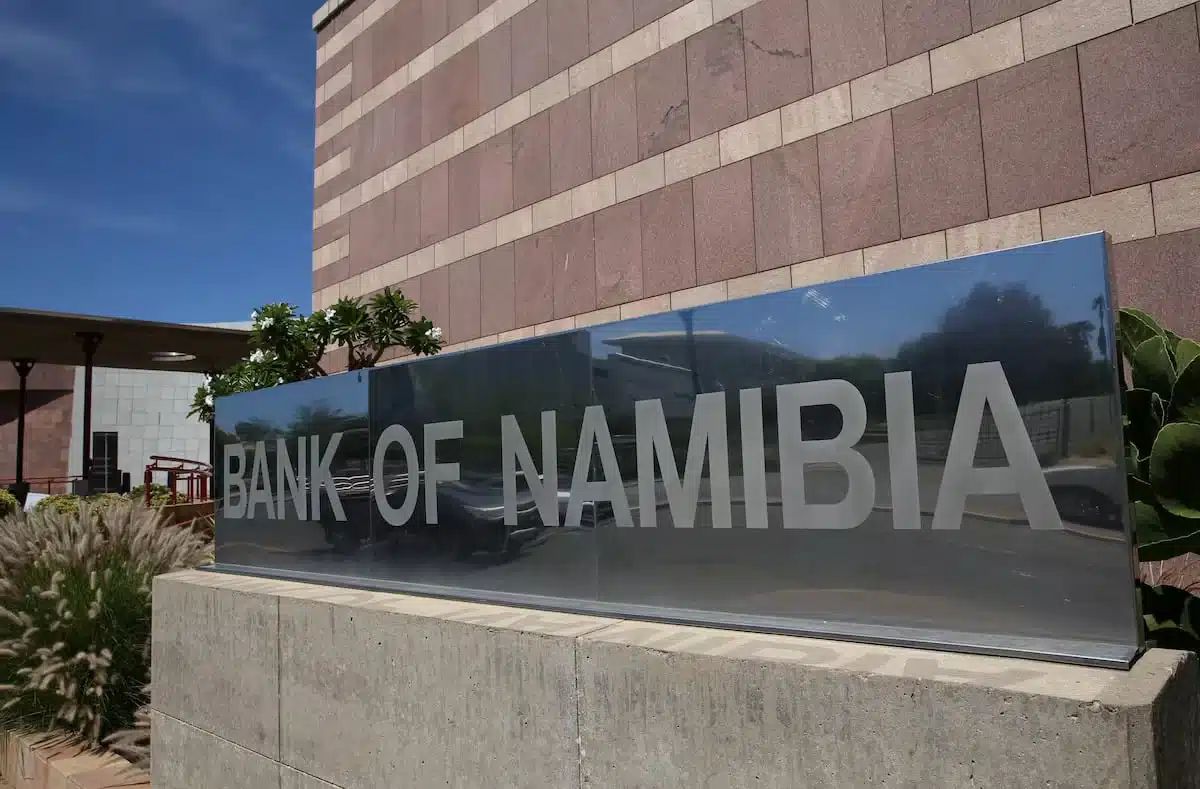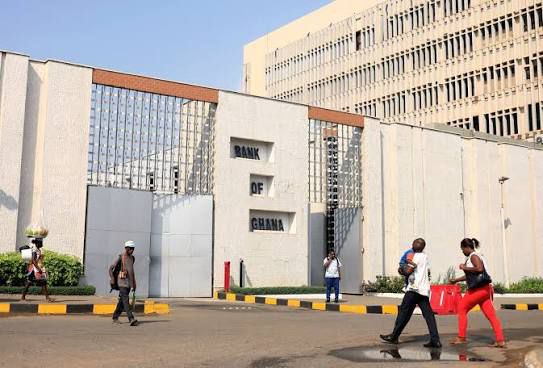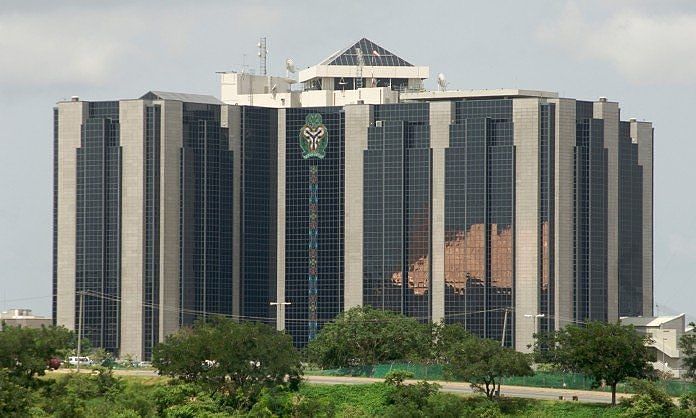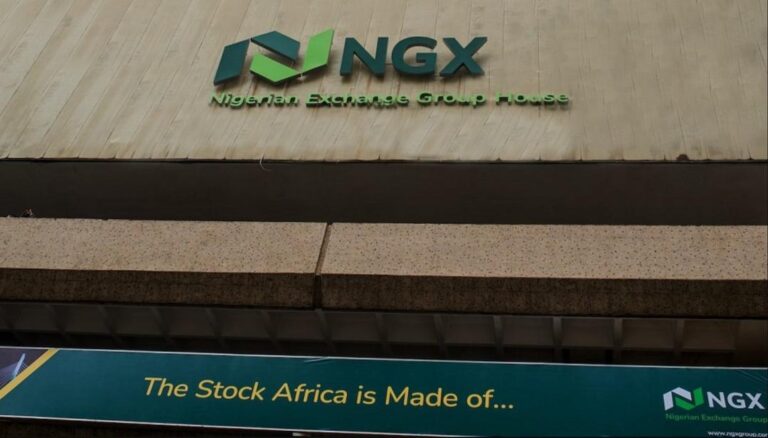The Bank of Namibia (BoN) eased its main interest rate by 25 basis points (bps) on Wednesday, bringing the official Repo Rate down to 6.50 percent. The decision marks a resumption of the monetary easing cycle following a three-meeting pause, during which the central bank held the rate steady at 6.75 percent in April, June, and August.
The Monetary Policy Committee (MPC) stated that the move is primarily aimed at stimulating domestic economic activity and supporting investment, while also maintaining the crucial one-to-one peg between the Namibian Dollar (NAD) and the South African Rand (ZAR).
“To continue supporting the domestic economy while safeguarding the peg between the Namibia Dollar and the South African Rand, the MPC decided to reduce the Repo rate by 25 basis points to 6.50 percent.” Mr. Johannes Gawaxab, governor of BON said.
Key Drivers for the Rate Cut
The central bank’s decision to ease policy was underpinned by several macroeconomic factors:
- Contained Inflation Outlook: Despite a marginal uptick in the annual inflation rate to 3.5 percent in September (up from 3.2 percent in August), the overall inflation trajectory is projected to remain well within the BoN’s target band of 3-6%. This relatively cool price environment provides the necessary headroom for monetary stimulus without jeopardizing price stability.
- Support for Economic Activity: The Namibian economy has shown signs of softening growth, particularly in sectors like agriculture and fishing. By lowering the cost of borrowing for households and businesses, the BoN aims to encourage greater private sector credit uptake, increased investment, and broader consumption, thereby mitigating downside risks to the growth outlook.
- Maintaining the Currency Peg: A core mandate for the BoN is safeguarding the peg with the South African Rand. Following earlier rate cuts that had already narrowed the interest rate differential with the South African Reserve Bank (SARB), the MPC likely judged that this measured 25 bps cut would not pose an undue risk to capital flows or the stability of the NAD.
The reduction in the Repo Rate is expected to be passed on to consumers and businesses through lower prime lending rates from commercial banks. This will translate into more affordable mortgages, vehicle financing, and working capital for companies.

Namibia apex bank has been actively working to ensure that policy rate movements are effectively transmitted to end-users; In July, the apex bank had ordered commercial lenders to lower the spread between the repo rate and their prime lending rates by 25 bp before the end of 2025.
The Bank of Namibia’s economic forecasts in August had projected real GDP growth for 2025 to be around 3.5%, a downward revision from earlier projections due to slower activity in primary industries, particularly livestock.
However, the monetary easing through the Repo Rate cut is expected to provide a tailwind for sectors like business and household consumption, contributing to the projected growth figures.












